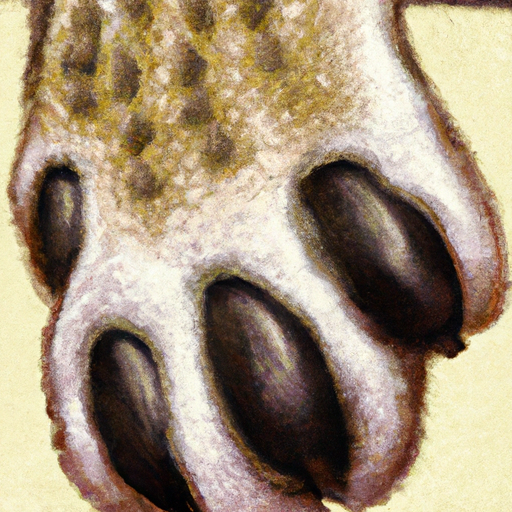An Introduction to Canine Warts
You’re a dedicated pet parent, always on the watch for any changes in your furry friend’s health. One day, you notice some unusual growths on your dog’s skin. They’re small, rough, and resemble cauliflower. That’s right, your dog may have warts.
Warts or canine viral papillomas, are benign skin tumors caused by the papillomavirus. While they’re not usually dangerous, they can be uncomfortable and unsightly for your pet.
Identifying Canine Warts
Recognizing warts on dogs can help you take prompt action. Here’s what you should look out for:
-
Small, round growths: Warts are typically small, round, and firm. They may appear on any part of your dog’s body but are most commonly found on the lips, mouth, and paws.
-
Cauliflower-like appearance: Warts often have a rough, irregular surface that looks like a cauliflower.
-
Multiple growths: Warts often appear in clusters, although it’s not uncommon to see a solitary wart.
How Warts Can Affect Your Dog
While warts may seem harmless, they can cause discomfort and other problems for your pet. Some potential issues include:
- Discomfort or Pain: If located on the paws, warts can cause discomfort or even pain when your dog walks.
- Infection: Warts can become infected if your dog scratches or bites them.
- Difficulty Eating: If warts grow inside your dog’s mouth, they may make eating or drinking difficult.
Treatment Options for Canine Warts
The good news is, there are several treatment options available for canine warts. Your vet may recommend:
-
Wait and Watch: If the warts are not causing any discomfort or problems, your vet might suggest waiting. Most warts disappear on their own within 1-5 months.
-
Surgical Removal: For larger warts or those causing discomfort, your vet may suggest surgical removal.
-
Medication: Topical or oral medications can help boost your dog’s immune response and speed up the process of wart elimination.
Frequently Asked Questions (FAQs)
Q: Can canine warts spread to humans or other pets?
A: Canine papillomavirus cannot be transmitted to humans. However, it can spread to other dogs, especially those with weak immune systems.
Q: Should I try to remove the wart myself?
A: No. Never try to remove a wart yourself as it could lead to serious complications, including infection.
Q: How can I prevent my dog from getting warts?
A: Ensuring your dog has a strong immune system can help prevent warts. This includes a balanced diet, regular exercise, and routine veterinary check-ups.



